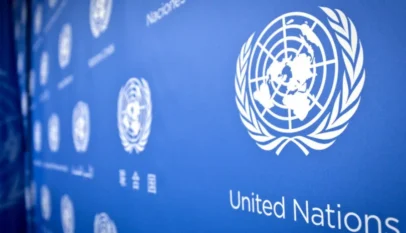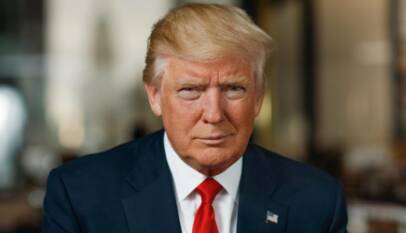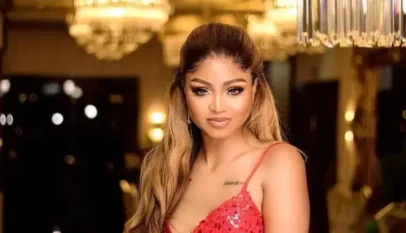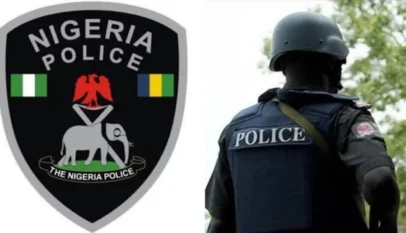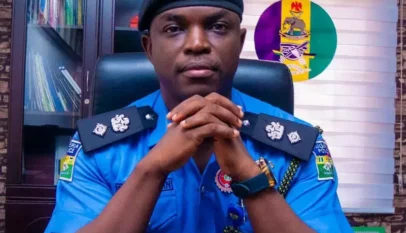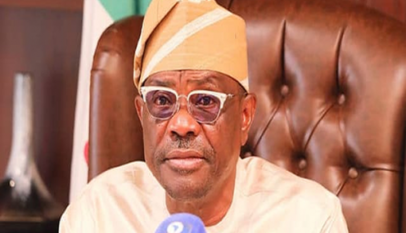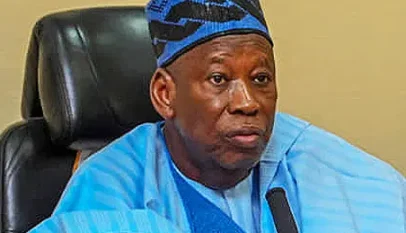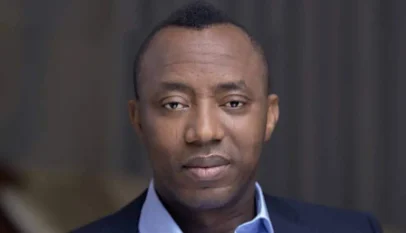By Austin Manekator
As America approaches the polls on November 5, the anticipation for a potential historic shift is undeniable. Kamala Harris, the current Vice President, stands on the cusp of possibly breaking the final glass ceiling to become the first female President of the United States.
This monumental possibility brings to life what fiction has toyed with for years – a woman at the helm of arguably the world’s most powerful nations. The portrayal of female presidents in television and film has long provided audiences with glimpses of what female leadership in the White House might look like. As we stand on the brink of real-life history, here are some of the influential fictional female presidents who paved the way in our cultural consciousness.
President Mackenzie “Mac” Allen in Commander-in-Chief (2006)
In this TV series, Geena Davis brought to life President Mackenzie Allen, the first female president to lead America after the sudden death of her predecessor. Commander in Chief offered a fresh perspective on the challenges a woman would face in the Oval Office, both politically and personally. Davis’s character was not only balancing complex domestic and foreign policy issues but also breaking stereotypes, embodying strength, intelligence, and integrity in a world not yet ready to fully embrace her authority. Mac Allen was an early trailblazer in showing what female leadership in the White House might look like.
President Allison Taylor in 24 (2008)
Cherry Jones’s portrayal of President Allison Taylor in 24 represented a new archetype: a female leader with both empathy and unyielding resolve in the face of global terrorism. Taylor’s story was fraught with moral complexities, including her willingness to sacrifice personal relationships for the good of the nation. Jones’s character resonated with viewers as a strong, capable leader who held her own amidst crises, a predecessor in spirit to the real-life complexities and pressures that Harris, or any woman in that role, might face.
President of the United States in Iron Sky (2012)
In the sci-fi satire Iron Sky, Stephanie Paul played a somewhat satirical take on the female presidency, evoking traits reminiscent of Sarah Palin. While intended as a comedic caricature, the film nonetheless highlighted the public’s readiness to see women as U.S. presidents—even if through a humorous lens. The exaggerated portrayal underscored cultural anxieties and the broader question of women’s capability in high-stakes leadership roles.
President Constance Payton in State of Affairs (2014)
Alfre Woodard’s role as President Constance Payton in State of Affairs offered audiences another serious take on a female commander-in-chief, showing her as a leader deeply connected to her principles and the weight of her position. Payton was a decisive, resilient character, and Woodard’s portrayal brought gravitas to the role, emphasizing that women could handle the intensity of presidential responsibilities with both grace and strength.
President Selina Meyer in Veep (2014)
Julia Louis-Dreyfus’s Selina Meyer in Veep showed a different side of the presidency—one laced with satire and, often, incompetence. Meyer’s character was messy, self-centred, and politically opportunistic, highlighting the absurdities of political power. While exaggerated for comedic effect, Meyer’s arc from Vice President to President showcased the chaos of leadership, albeit with a humorous, self-aware twist. Meyer became iconic as a chaotic anti-heroine, embodying the imperfections that audiences might expect, or even embrace, in real-world politics.
President Olivia Marsdin in Supergirl (2015)
In Supergirl, Lynda Carter portrayed President Olivia Marsdin, a character who, though part of a fictional universe, symbolized resilience and inclusivity. Marsdin’s tenure emphasized collaboration and diplomacy in a superhuman world—a metaphor for unity in diversity. Carter’s performance subtly nodded to her past role as Wonder Woman, embodying a sense of strength and compassion that’s widely expected of a female president.
President Elizabeth Lanford in Independence Day: Resurgence (2016)
Sela Ward’s President Elizabeth Lanford took on the role of humanity’s defender in Independence Day: Resurgence, facing a catastrophic alien invasion. Lanford represented determination and courage, highlighting the resilience required in a crisis. Ward’s character demonstrated that female leaders could rise to the occasion and handle extraordinary pressures, a quality that may inspire viewers in real-life candidates.
President Charlie Roan in The Purge: Election Year (2016)
Elizabeth Mitchell’s President Charlie Roan in The Purge: Election Year embodied a gritty, reform-minded president who stood against systemic violence and corruption. Roan’s resolve to end “Purge Night” demonstrated her commitment to social change, an attribute that often echoes in calls for reform in real political landscapes. Roan’s struggle and bravery reflected an uncompromising drive for justice, which many may envision in a real-life female president.
President Claire Underwood in House of Cards (2017)
Robin Wright’s Claire Underwood in House of Cards offered a unique look at ambition and political strategy. As a sharp, calculated leader, Underwood portrayed the lengths to which one might go to secure and wield power. Though her character’s actions were often ruthless, Wright’s performance conveyed the intensity of navigating a male-dominated political environment. Underwood’s presidency was complex, reflecting the real-world challenges women face in leadership, where ambition and power come under intense scrutiny.
President Elizabeth Keane in Homeland (2017)
Elizabeth Marvel portrayed President Elizabeth Keane in Homeland as a woman navigating the treacherous waters of national security and political betrayal. Keane’s term was marked by resilience and the harsh realities of power in times of crisis. Her character reminded audiences of the delicate balance a female leader might have to maintain between assertiveness and perceived likability.
President Mellie Grant in Scandal (2017)
Bellamy Young’s Mellie Grant in Scandal was ambitious, resilient, and flawed—a complex portrayal of a woman who rose from First Lady to President. Grant’s character emphasized the complexities and sacrifices involved in reaching the top of a political landscape. Her journey underscored the challenges of public perception, a theme relevant to real female politicians.
President Charlotte Field in Long Shot (2019)
Charlize Theron’s portrayal of President Charlotte Field in Long Shot provided a more grounded, relatable version of female leadership, presenting a president with humour, intellect, and a down-to-earth charm. Field’s determination to implement environmental policies despite pushback resonated as quality audiences might seek in a real president.
President Ellen Waverly Wilson in For All Mankind (2019)
Jodi Balfour’s President Ellen Waverly in For All Mankind took audiences to an alternate history where America’s space race fueled new possibilities. Waverly’s leadership combined courage with an innovative vision, imagining a more inclusive, forward-thinking government.
President Janie Orlean in Don’t Look Up (2021)
Meryl Streep’s Janie Orlean in Don’t Look Up satirized a self-interested, fame-obsessed president. Orlean’s character reflected some of the cynicism many feel about politics today, embodying a brand of leadership more concerned with optics than outcomes. Though a caricature, her role served as a reminder of the real stakes and the public’s desire for sincere, results-driven leaders.
As Kamala Harris stands poised to potentially make history, these fictional characters remind us of the varied expectations and hopes people hold for a female president. From satirical depictions to serious portrayals, Hollywood’s female presidents have served as both reflections and projections of what society imagines, fears, or aspires to see in a woman as the U.S. Commander-in-Chief. If Harris were to take office, she would be navigating a reality that blends many of these complexities, stepping into a role shaped by both fiction and historical anticipation.




